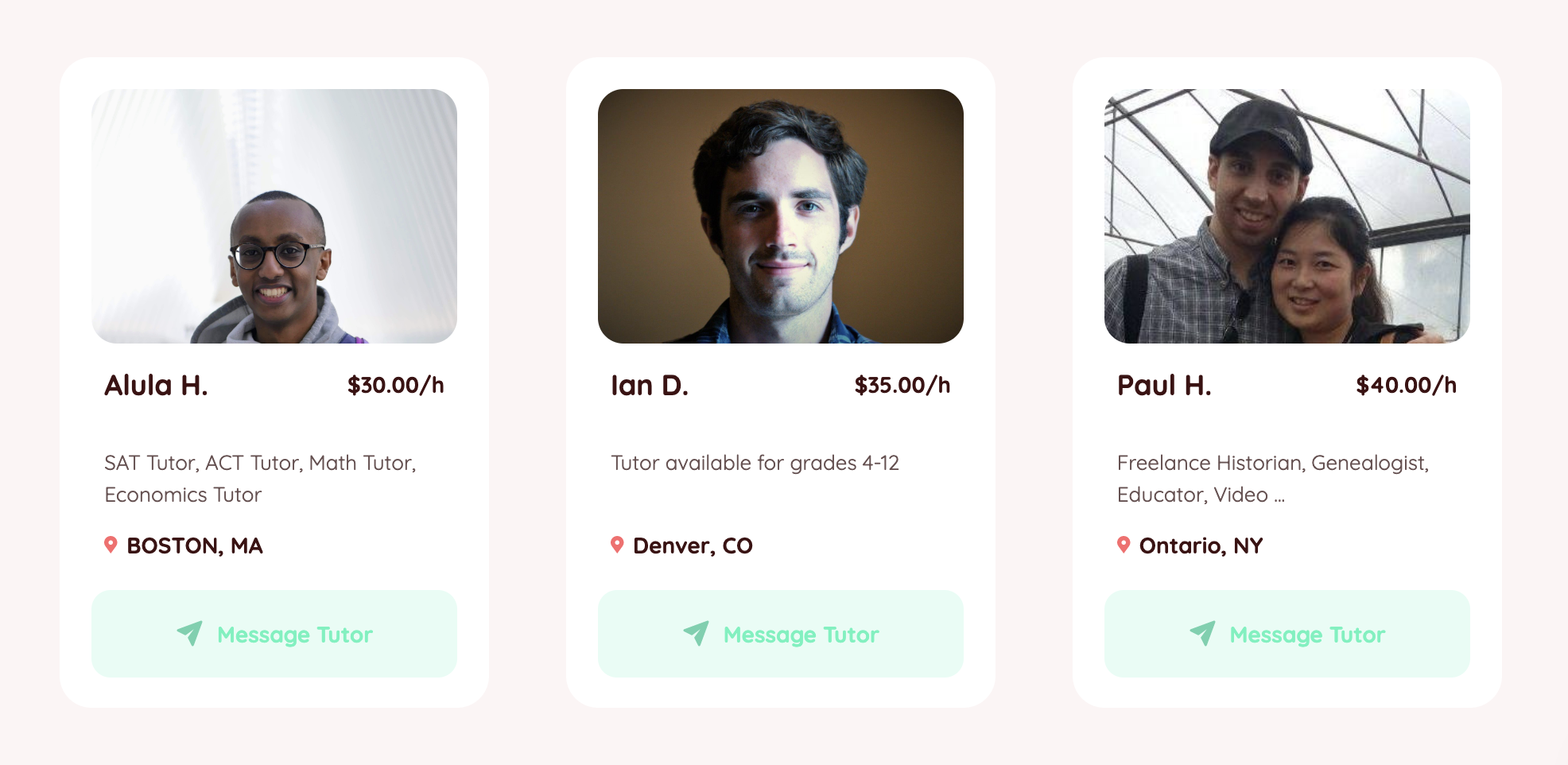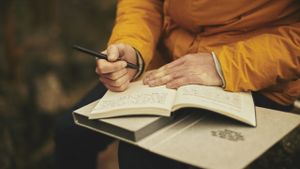The AP US History (APUSH) exam is a difficult test. It is important for students to study for the exam in order to be able to pass it.
The Advanced Placement (AP) US History exam is one of the most popular AP exams administered by the College Board. It is 3 hours and 15 minutes long and consists of two sections: multiple choice/short answer and free-response.
There are 55 multiple choice questions which count for 40% of the test. In addition, there are 4 short answer questions that account for 20% of the grade. The other 40% is made up of two types of essays: standard and document-based (DBQ). Students answer one standard essay (25% of the overall grade) and one DBQ (15%).

This article will provide 10 study tips for AP US History on how students can prepare to pass the AP USH exam.
What is AP United States History?
Early in the school year, establish a daily study routine.
Establishing a routine early in the school year can help you stay on track and meet your study goals. Creating a routine will also allow you to take control of your time and start learning how to manage it more efficiently. Once you have a routine in place, this will help you to balance your other rigorous coursework in parallel with your AP US History test prep.
You must get an early start on preparing for your APUSH exam to avoid cramming. Within the first month of the school year, create flashcards on Quizlet for each unit covered, form study groups with friends, consult our study modules, and take practice exams from the College Board.
Make an APUSH course study guide outline for the year.
The College Board has put together a complete outline for AP® US History, which is a wonderful place to start planning your exam. Update and personalize the outline for your schedule and study personality. This is useful since it divides the course into nine distinct periods, from 1491 to the present. These pre-set time periods make it simple to study these sections of history one-at-a-time.
This will help you have a better grasp of what you need to learn and what you should expect.

When studying, use a large whiteboard.
This is one of our most popular study tips ideas, especially for APUSH. Whiteboards allow you to understand history holistically by thinking about topics on a large scale. Not to mention, if you’re a visual learner, this will really help you map things out to see the bigger picture. Whiteboards are also perfect for group study situations when each student is in charge of a review of specific eras, topics, or motions.
When you diagram historical ideas on a whiteboard, they get embedded in your visual and auditory memory. A large whiteboard allows you to “plan out” history in the form of a diagram of events and periods, making the massive amount of historical information more understandable.
If you’re lucky, you might be able to convince your parents to let you paint one of your bedroom walls to become a whiteboard! If not, you can always use an online whiteboard, such as the virtual classroom on Learnt.
Studying with a group of pals.
This is a big gamble because friends may be a major source of distraction when it comes to studying. They can, however, be big assistance if you choose the right group of friends. Being able to discuss concepts allows you to gain a deeper understanding of them. And if there’s a particular aspect of history that you’re having trouble grasping, chances are you have a friend who knows a lot about it and can help explain it in a way that resonates more with your way of thinking.
When studying with friends, using a whiteboard or a course outline can be quite helpful. Just make sure you choose your pals carefully and don’t squander your time together watching YouTube videos of hilarious cats. Unless, of course, the cats are teaching you history!
Take a Full-Length AP US History Exam Practice Test
Take a full, legitimate AP US History practice test and simulate realistic testing conditions. Time yourself according to the actual test, and complete both essays (DBQ and Long Essay). Mark any multiple-choice questions on which you had to guess—even if you guessed correctly— it’s crucial to review and brush up on this information later.
When you’re through, grade your practice test to determine how well you’d perform on the real AP exam if you took it now.
You may need to allocate more or less study time depending on how much you want to enhance your AP US History test score. If you’re already near to a 5 (or a low 5), you may only need to go through these procedures once and be satisfied with your results.

Make a list of your errors and guesstimates.
Examine your mistakes and lucky guesses after you’ve completed your practice AP US History test. Try to group your errors by content area so you can look for patterns and figure out which portions of the course you need to focus on the most.
Move on to reviewing the actual content once you’ve determined what you need to study. Make a list of the themes that correspond to the most missed multiple-choice questions and points on short-answer and free-response questions, in descending order.
Create a historical era learning game
Regardless of how intriguing (or boring) you think APUSH is, studying any type of content for an extended period of time can be exhausting. Sometimes you just need to shake things up, and turning it into a game is a great way to do so.
Many people use Jeopardy-style reviews for world history, and it may be very effective for unit reviews and other purposes. You may create your own Jeopardy-style game using JeopardyLabs. It’s also possible to make your own game. For example, in your study group, go through a series of questions with each other, and for each question one of us get wrong, we must do three push-ups. Alternatively, for each correct answer, we win a couple of Skittles. Whatever it takes to keep things interesting. It doesn’t have to be funny as long as it works.
Practice Planning and Writing Essays
Before taking the AP US History test, you should practice writing essays so that you are familiar with the time limitations and standards. This is particularly true for the Document-Based Question, which has its own format.
Practice your skills on extra free-response questions after evaluating the flaws in your writings from the original diagnostic test. You don’t have to write out full essays to save time, but you should at least construct rough outlines that incorporate all of the components of a great essay.
If you have trouble with time on your first AP practice test, I’d recommend going through another timed free-response part in its entirety so you can practice moving faster.
Discuss challenging times, topics, or units with your teacher.
If you get lost, make an appointment with your teacher either before or after school. For example, if you’re having trouble understanding the Gold Standard Act, send an email to your teacher detailing your challenges and questions about this time in history. Before the meeting, let the teacher know about your problem.
Your teacher is in charge of the class for a reason, and they are likely to be not just quite competent but also really enthusiastic about the material. Most teachers would be delighted to lend a helping hand or offer guidance. Students rarely meet with their teachers 1-on-1, making them such an underutilized resource. If your AP USH teacher provides any form of after-school assistance or study hours, make use of it! It won’t harm, and if nothing else, it’s always nice to have a good relationship with your teacher.
If you end up meeting with your teacher but find that you’re not able to make it over the hurdles of preparation for test day, then consider working with a professional AP USH tutor. A tutor can help personalize your study process and prepare you for test day.
Take a full-length practice test a second time.
Take a second complete AP practice test to measure your progress once you’ve become more familiar with the APUSH material. You could stop there and only do some light review till the exam if you find that you’ve improved to a decent level. Remember that practice makes perfect! Even if you score a 5 on the practice test, keep your flashcards or study materials close. Review them regularly to keep the content fresh in your mind. And of course, the night before the test, sleep with your flashcards underneath your pillow!
If you’re still unhappy with your results, repeat the process and make sure you’re actually taking in the information.






